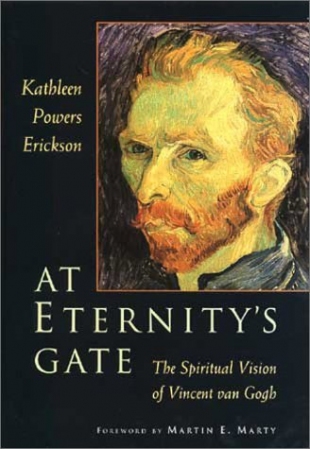This fascinating biography of Vincent van Gogh presents his life and artistic development in terms of his spirituality. The author, who has a doctorate in the history of Christianity from the University of Chicago, bases most of her insights upon his voluminous correspondence. Chief among them is the finding that van Gogh was not schizophrenic but rather suffered from a psychological disorder resulting from a form of epilepsy.
Dr. Erickson examines the artist's upbringing in the religious milieu of a rural Dutch parsonage and his brief vocation as an evangelical minister to the poor. His faith was shaped by two books — The Imitation of Christ by Thomas a Kempis and The Pilgrim's Progress by John Bunyan. Although he never again had any respect for institutional Christianity, van Gogh experimented with religious imagery in "The Pieta," "The Raising of Lazarus," and "The Good Samaritan" paintings, which Erickson examines in depth.
There is a sacred quality to van Gogh's paintings of peasants, prostitutes, and working people. In his most magisterial work, "Starry Night," Erickson finds a synthesis of his blending of religion and modernity: it is "a visionary masterpiece, recounting the story of van Gogh's ultimate triumph over suffering, and exalting his desire for a mystical vision with the divine."
